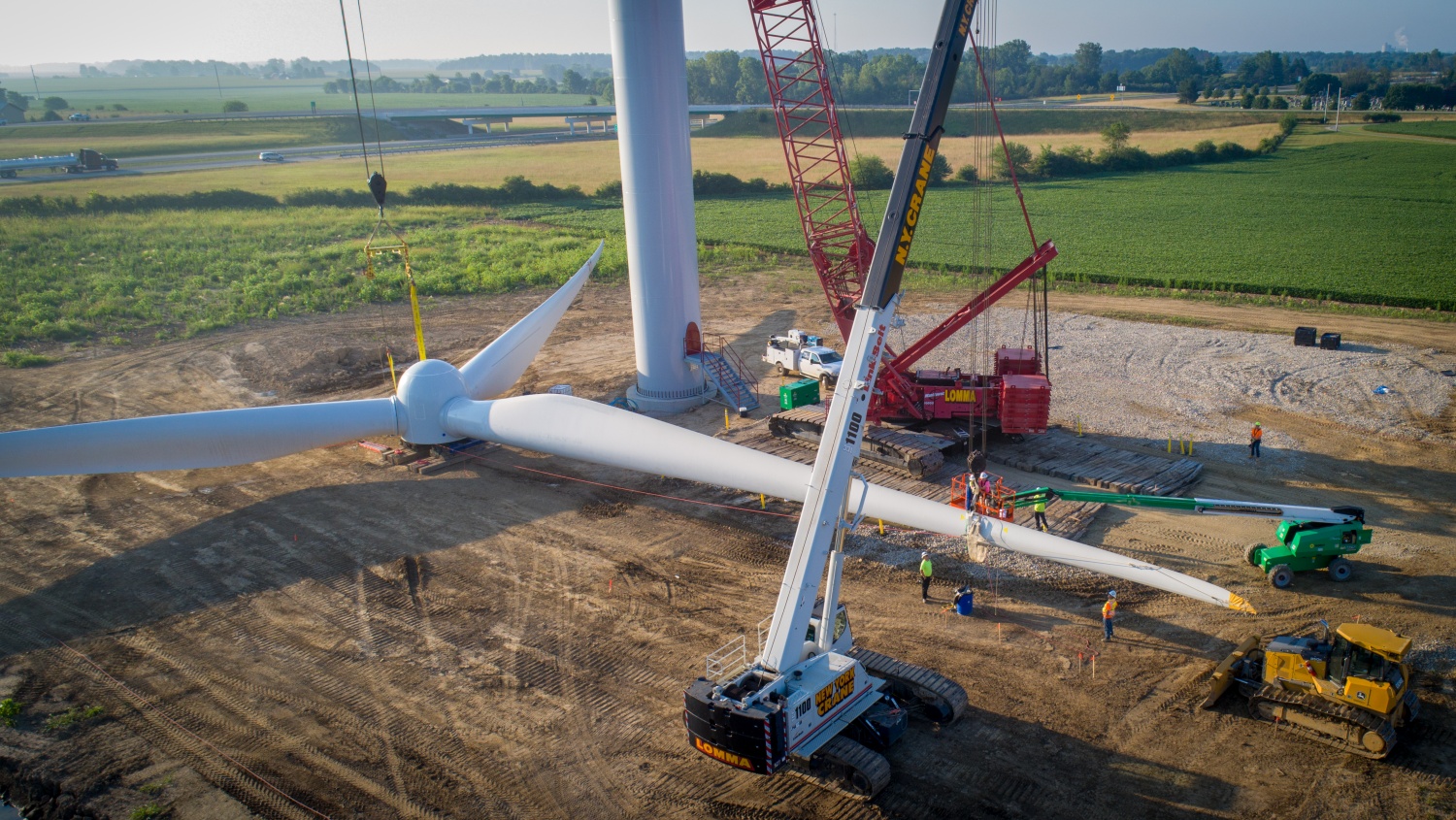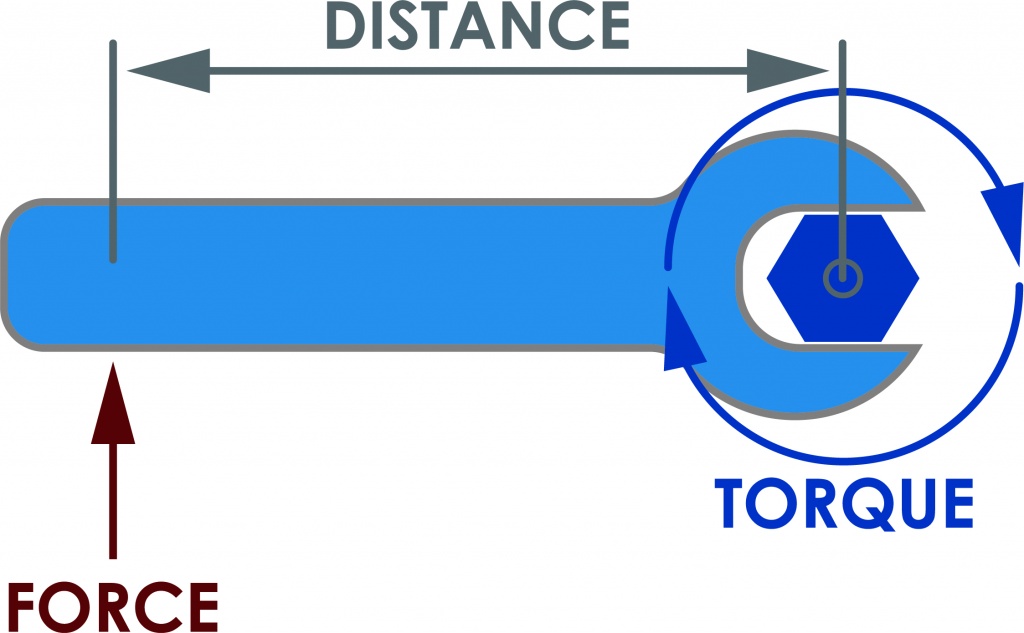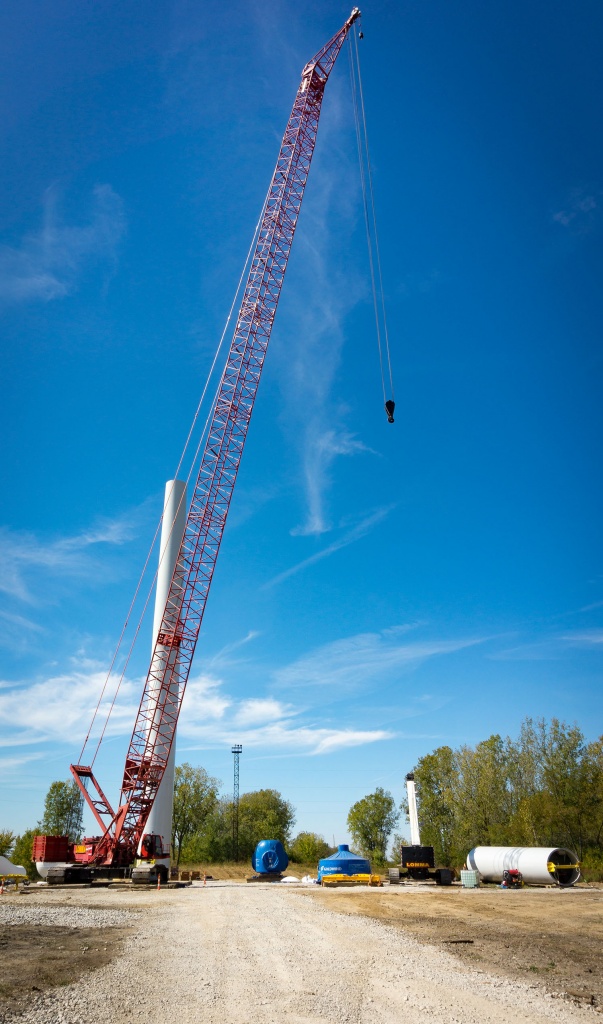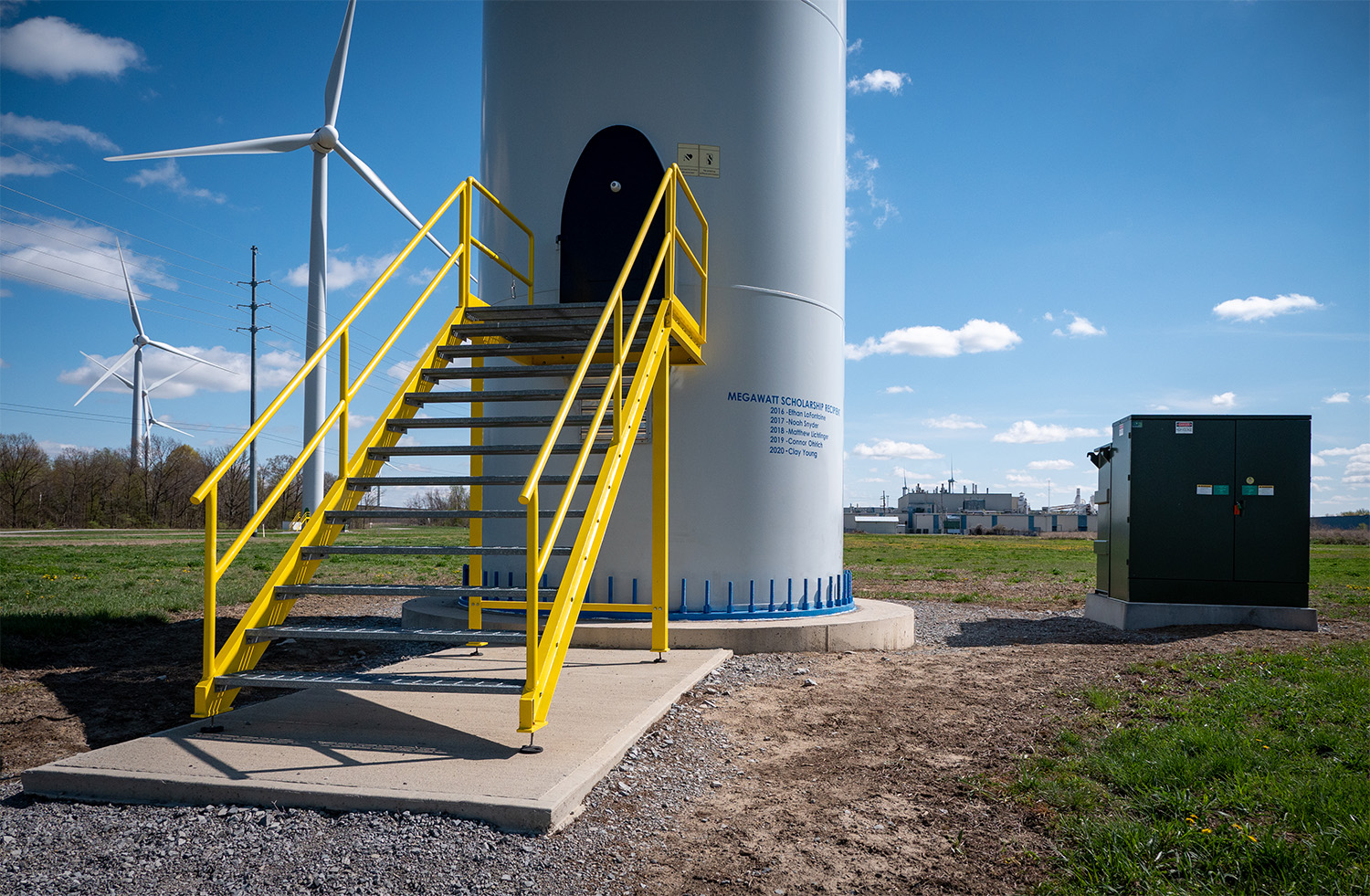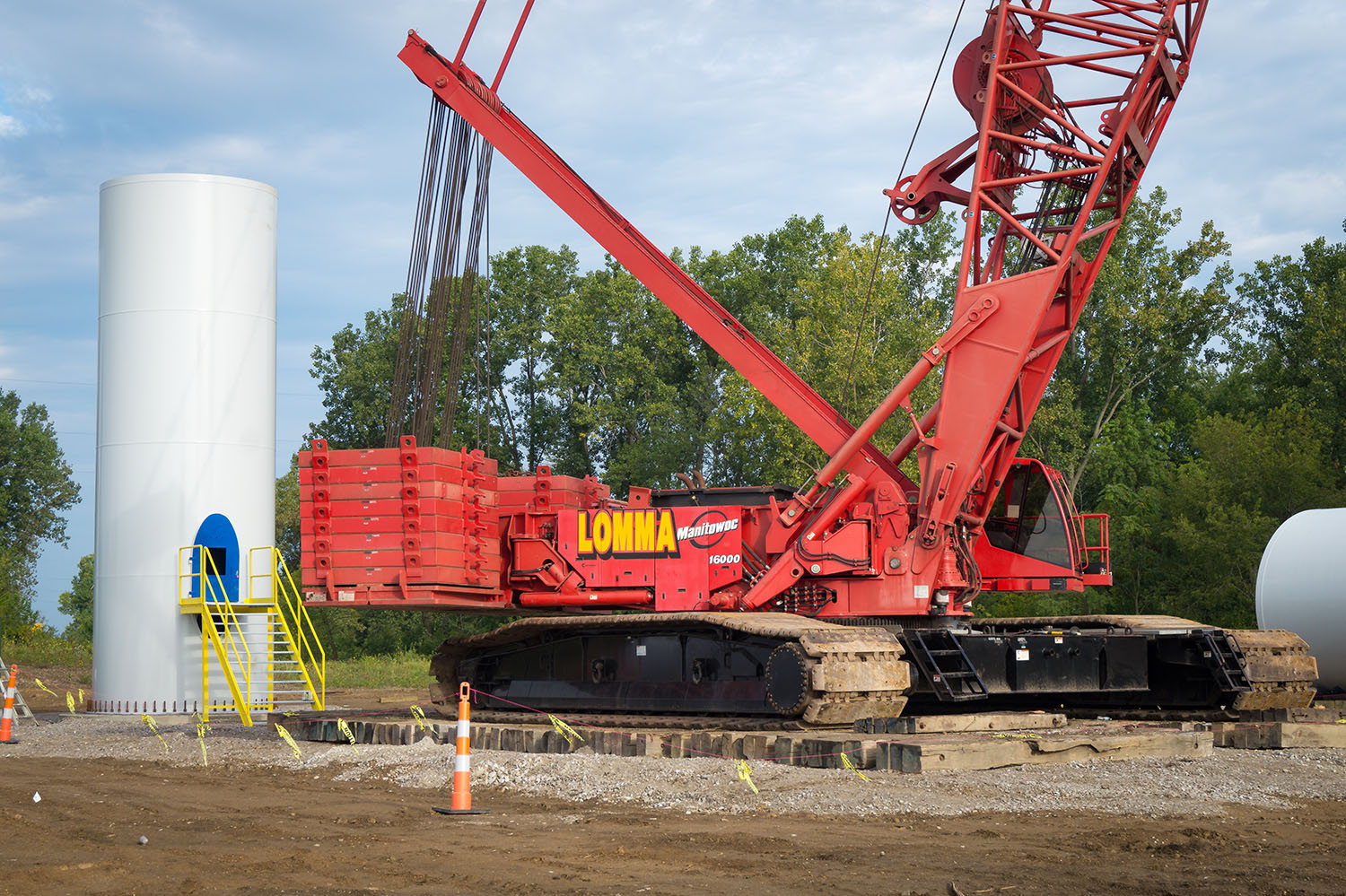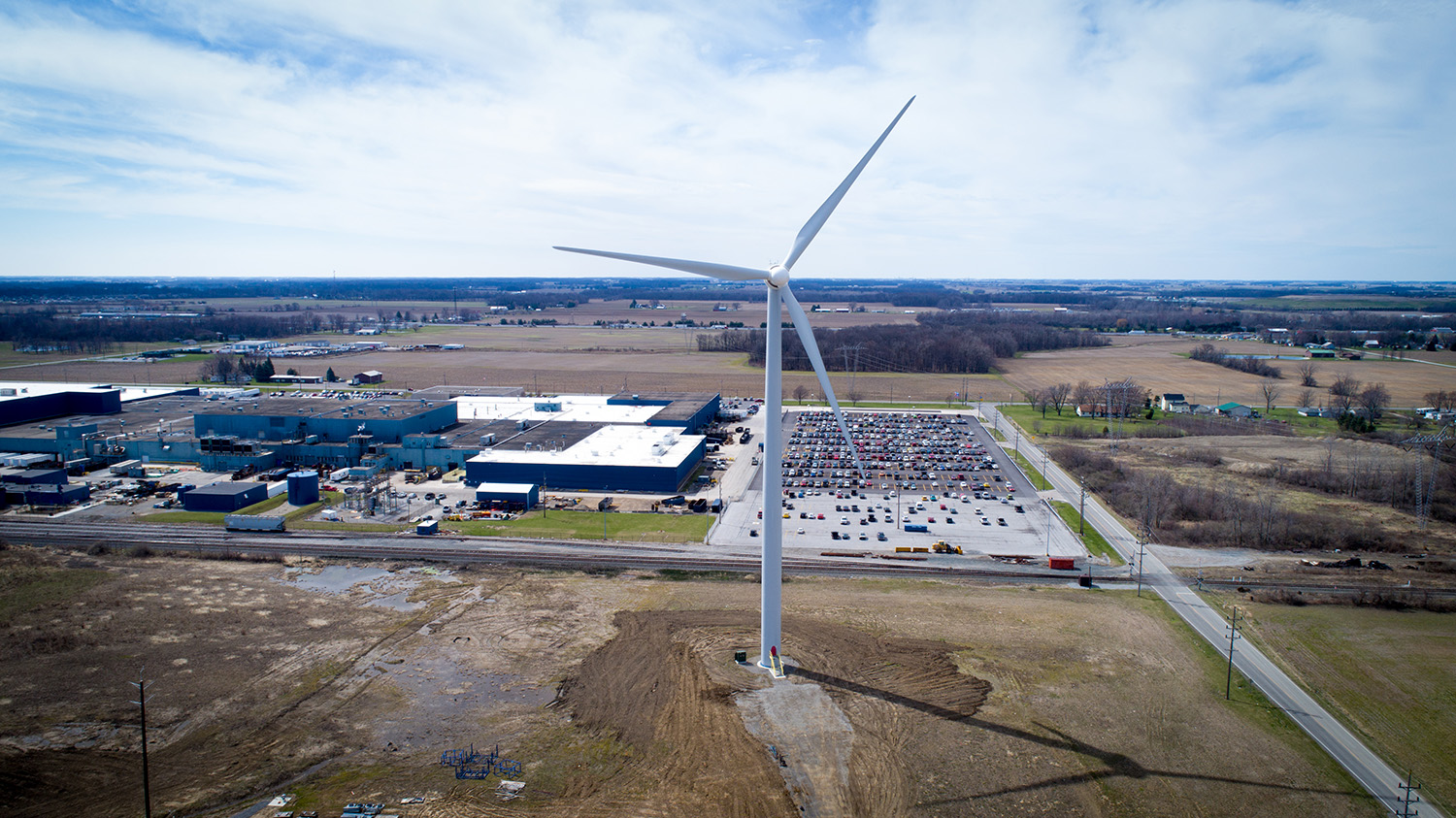Interviewing for a job takes special talent; showing off your technical know-how while also highlighting your personality can take years to master. So much so, that interviewing often feels one-sided, like you are trying to impress someone. It can feel like trying to come home with the offer, rather than with a job that is a bi-directional “good fit.”
I spent many years interviewing with the mentality that I could fit in with any company, so long as I got the job. Thankfully, I discovered a question that has helped me shape my new process.
My sophomore year of college, I interviewed at an energy company and had a positive experience. I asked good questions, answered theirs professionally, completed hours of research, and was genuinely interested in the job. On my way out of the interview, a member of the interview panel walked with me to the door. We started to say goodbye and it dawned on me that I had one more question. As I was shaking his hand, “Do you enjoy your job?” rolled off my tongue.
He appeared surprised after I asked him, and I quickly realized by his response that it was not a job I should pursue any further. He elaborated on aspects of the job that were not glorified by the interviewers enticing me to the role, including his lack of growth at the company and his overall well-being and feeling of contribution. These were all notes I took to heart and felt a connection to. His body language, answer, and candor helped me understand that interviewing is two-sided. I needed to figure out how to incorporate my needs with the job-search process.
After that interview, I made a substantial change in my process. I needed to ensure I was being honest and forthright with what I wanted to do with my life. This would require a significantly more candid interview.
With time, new perspective, and having been on the other side of the job interview process for years now, I’ve learned a few things. To have a candid interview, I can now confirm that the following items must be included in my interview process:
- A one-on-one interview with my potential direct supervisor
- A one-on-one interview with a potential peer
- A list of questions to ask the peer, regarding the items that matter most to me (relocation, work/life balance, working hours, growth potential, technical expectations, etc.)
- A list of management-style questions for my direct supervisor (working with a manager that you struggle with can be extremely tiresome, so spend some time here)
- A list of questions about the job itself and the company as a whole
- A panel interview, to get a feel for how my potential coworkers interact as a group
This list ensures that I am doing research ahead of my interview and that when I get the chance to ask my questions, I will be able to receive honest answers. The key is to write questions that matter to you, because it also gives your interviewer a chance to see what you find most important.
Someone once told me that if you stop interviewing, you will stop growing. I frequently interview -even when I am happily employed – because it helps me understand my worth and what the market outside of my bubble looks like. More often than not, it boosts my morale at my current job because I realize I have such an invigorating role. It is healthy to interview and generally has provided me with perspective regarding the wonderful opportunities I have been afforded.
Never feel selfish for searching for the perfect opportunity for your own well-being. Just be sure your interview process reflects what you want and need.
Chelsea Bumb is the Head of Construction at One Energy.
Learn more about Chelsea and the One Energy team.
































